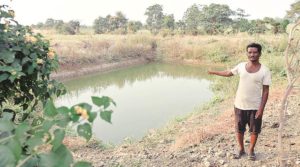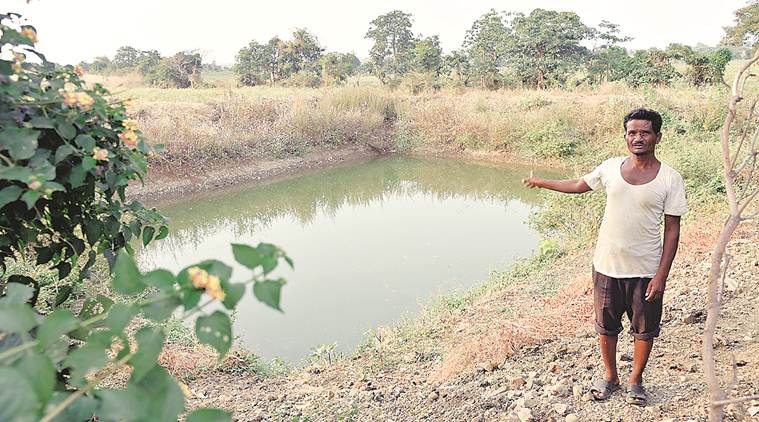
Ganeshwadi, The First Maharashtrian Village To Receive Water Supply Through Tankers

An impressive inter-departmental initiative taken by the Maharashtra Government under the Maharashtra Village Social Transformation Mission (MVSTM) made it possible for a tiny village like Ganeshwadi.
The village is situated upon a watershed in the hilly, forested terrains of Kalamb Tehsil, as a result of which the rainwater smoothly flows down the slopes, leaving Ganeshwadi, a hamlet of 803 people, absolutely dry. Earlier, the villagers had to walk several kilometres for water, but that isn’t the case anymore.
Recently, the village has seen an unbelievable rise in its water table, by more than eight meters. Two major wells situated in the village, which used to run dry are full of water. It’s all because of the joint efforts of the 5 significant water conservation initiatives. The Water Resources Department, the Agriculture Department and the Groundwater Survey and Development Agency (GSDA) under the state government’s flagship Jalyukta Shivar Yojana.
On the ground, The 23-year-old Mayuri Mahatule from Nagpur, a Chief Minister’s fellow appointed under MVSTM, guided the water conservation programme. She has a BTech degree in Electronics and Telecommunications and is one amongst the hundreds of young people selected under MVSTM to work with the village management communities.
Mayuri said that they undertook innumerable projects like building earthen nullahs, loose boulder structures and dug out at least 40 recharge shafts at different locations, this broke all the records for Yavatmal district. Now, Mayuri has moved away to Jodmoha, a larger village around 10 km away and travels every single day to Ganeshwadi on her scooter.
“The government used more than Rs 1 lakh on the water rejuvenation project and the “village contributed toward it through shramdaan (labour)”, stated Sarpanch, Jijabai Ghodam.
The biggest water structure that has arrived in the village is a 40x30x2 metre reservoir, which currently has a two-metre-deep water column, because of percolation effect, a nearby well has a water column of around 35 feet. A man-made pump, constructed by IIT Mumbai and placed on the well, can draw water from 25 feet deep. The villagers have constructed a water tank near the well for their cows and bullocks.
According to a good news told to us by Mahatule, “a little distance away, villagers have built an earthen dam on a nullah. Previously, the nullah would remain absolutely dry, but now the dam has helped recharge the water table.”
The government has put in their efforts to deepen a nullah, hence creating a humongous water body, around 120 meters long and 2.5 meters deep.
Other than the water body, deep continuous contour trenches (CCT) have been dug along the slopes of a hillock in the village to help in the filtration and collection of rainwater that would have otherwise run down the slope.
The 40 recharge shafts dug deep across the village join all the water bodies together, thus sharing the recharge benefit across all the water bodies.
Senior Geologist with GSDA, Rajesh Savle said that “in Yavatmal, “ an 8.5-metre rise in the water table might seem unbelievable, but it has actually happened in Ganeshwadi. It was most importantly due to recharge shafts because the tiny hamlet is situated on extremely hard strata with no fractures. We had to build fractures to open the way for water to settle down and refill the water bodies’.
Except for the 3 main supply wells, 4 borewells have come alive.” More than that, “With aid from the Tata Trust and the State Government, we have distributed the villagers into 5 groups, who have been provided fingerlings to allow fish cultivation in these water bodies. Presently, there are 32 people doing the business under the Group Growout Fisheries Farming. They Expect to harvest their initial production in around 3 months,” says Mahatule.
The water conservation effort, however, is just enough for drinking and other daily use. “While agriculture is still rain-fed, now that the wells have all recharged, farmers with wells in their fields can now even grow rabi crops,” says Agriculture Assistant Vinod Aglave.
The next part of the mission is to install solar pumps on every well for unhindered water supply in case of power cuts,” states Mahatule.